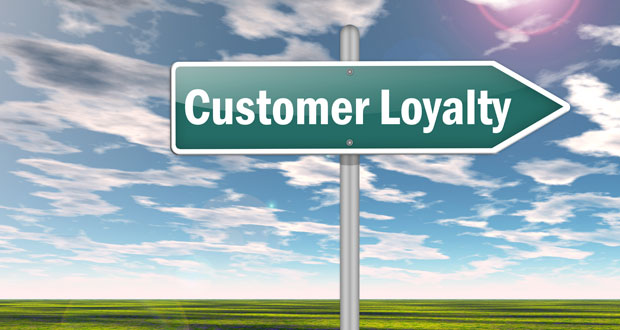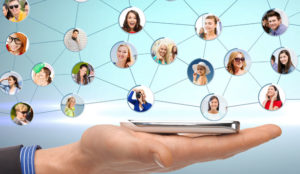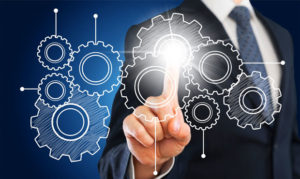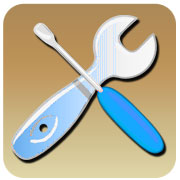This is the first post in a four-part series on modern approaches to improving customer loyalty through customer engagement.
As I see it, there are four basic capabilities, or attributes, needed to build better customer loyalty. I learned about them from two McKinsey researchers, David C. Edelman and Marc Singer, in “Competing on Customer Journeys,” an article published in Harvard Business Review last year.
Those attributes, according to Edelman and Singer — and I agree — are the following:
- Automation
- Proactive Personalization
- Contextual Interaction
- Journey Mapping
What strikes me immediately is that only two of them are purely or largely technological (No. 1 and No. 4), while the others are organized as human-mediated processes. This strongly suggests that we can’t simply throw technology at the problem to make it go away. Moreover, the human-mediated parts require a good deal of high-level thought to pull off. But this is getting too far ahead. The first item is automation, and it deserves a full examination.
No. 1 Automation
Most thought leaders on customer loyalty will acknowledge the importance of automation, but few get us to the point of understanding that even in this respect, each business’ automation will be vastly different from any other’s. Why? Because circumstances such as products, business models, employees, and many other attributes form unique offers that have to be handled as one-of-a-kind ideas.
The purpose of automation always has been to reduce labor input to derive greater throughput from business processes, maximizing the utility of the resources we invest. On the employer side, this usually is called “productivity,” but automation can have the same impact on the customer side.
Simply because a customer isn’t on the payroll doesn’t negate the importance of respecting a customer’s time and effort; thus, automation is a great way to take some friction out of a business process on behalf of a customer — and it works.
Often — but far from always — automation comes down to mobile apps, so they’re a good place to start. I examine two mobile apps — Starbuck and Hilton Honors — in my book, You Can’t Buy Customer Loyalty, But You Can Earn It.
The two apps couldn’t be more different.
The Starbucks Mobile App
Starbucks’ app encompasses the company’s revamped loyalty program. It was so successful that it left executives with the happy problem of having to explain a huge revenue bump in an earnings call last year.
With the app in place, year-over-year revenues for the company jumped by 17.8 percent, an unheard-of amount. The new automation elimiated a good deal of friction from the customer experience by letting users order and pay with their mobile devices rather than wait in lines. They showed their appreciation with more business.
Of course, there was a strong dose of the other three attributes contributing to those financial results.
For instance, the app incorporated the customer journey to a high degree, affording the ability to personalize the Starbucks experience proactively. I’ll address these ideas in a future column. For now, it’s exciting to see such powerful results from the app’s deployment.
Hilton Honors
About the only thing that the Starbucks and Hilton apps have in common is that they run on iOS and Android. More importantly, each does a great job of anticipating customer needs.
The Hilton app helps people reserve rooms and check in without standing in line at the front desk. Further, customers can use the app to select a room on the property, as well as order room service or a morning paper. The app even enables the phone to function as a room key.
What’s powerful about both apps — and what’s often overlooked — is that they are additive. For example, turning a smartphone into a room key, as Hilton has done, is not as complex as creating a cubist painting, but few businesses would go out of their way to build in that functionality alone.
The Hilton app’s hidden benefit is that it acts as a platform on which the company can build all manner of solutions for customer outreach. More than a million people per month were using the Hilton app to check in when I researched it for my book, and that number is likely growing.
The same is true for the Starbucks app, which also is functioning as a platform.
Customer Engagement
I’ll revisit the idea of customer engagement again and again, and it’s worth pointing out that the best automation is designed to make it easy for customers to reach out to vendors.
Customer-initiated engagement is more valuable than almost anything for developing relationships that lead to customer bonding and loyalty. The secret to developing apps that support customer loyalty is to focus on being present in customers’ moments of truth — the times when they need you most.
For Starbucks, that meant facilitating ordering and payment, remembering customers’ favorites, and advertising new locations, among other things. For Hilton, it meant reducing friction in the hotel stay.
If you’re looking for commonality between the apps, that’s it: being in customer moments of truth. If you look at your own business, you’ll find unique moments that you can take advantage of in the same way.


























































